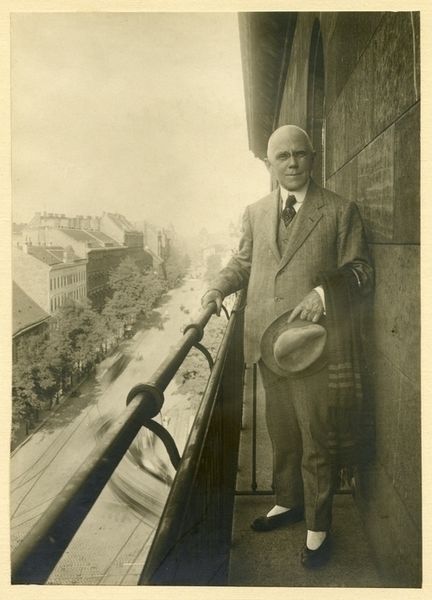<Back to Index>
- Ethnographer Stewart Culin, 1858
- Poet John Clare, 1793
- Empress consort of All the Russias Alexandra Feodorovna, 1798
PAGE SPONSOR

Stewart Culin (July 13, 1858 - 1929) was an ethnographer and author interested in games, art and dress. He believed that similarity in gaming demonstrated similarity and contact among cultures across the world.
Born Robert Stewart Culin, a son of Mina Barrett Daniel Culin and John Culin, in Philadelphia, Culin was schooled at Nazareth Hall, a well regarded boy's school in Nazareth, Pennsylvania. While he had no formal education in anthropology, Culin played a role in the development of the field. His interest began with the Asian - American population of Philadelphia, then composed chiefly of Chinese - American laborers. His first published work was an 1887 article entitled The Practice of Medicine by the Chinese in America. In 1889 Culin published a report about Chinese games, an 1890 article about Italian marionettes was inspired by a visit to a marionette theater in New York.
Active in several ethnographic organizations during the late 1880s, Culin became involved with the World's Columbian Exposition, held in Chicago during 1893. As an assistant curator, Culin organized several game related exhibitions. In addition, 1891 saw the publication of two papers. The first treated the street games of city boys, the second dealt with Chinese gambling games, providing explanations of Fan-Tan and Pak Kop Pin. At the World Exposition, Culin met Frank Hamilton Cushing. The two became friends and endeavored to create the first cumulative documentation on the world's games.
In 1892 Culin became Director of the University of Pennsylvania's Museum of Archaeology and Paleontology. Married on March 18, 1893 to Helen Bunker, Culin published on the games exhibit at the 1891 Chicago exposition.
Korean Games,
with comparisons to those of other Asian cultures, were the topic of
Culin's first book, published in 1895. This work was inspired by
Cushing, then of the Bureau of American Ethnology of Washington. Culin
became interested in chess and card games and published a paper on the
topic in 1886. He worked with Cushing on an article called Arrow games and their variants in America and the Orient. When Cushing became ill, Culin continued the work and eventually published three inter related papers: American Indian Games (1898), Hawaiian Games (1899) and Philippine Games (1900). After Cushing's death in 1900, Culin published a revised version of American Indian Games in 1903. In
1903 Culin resigned from the University of Pennsylvania and became
curator of Ethnology at the Institute of Arts and Sciences of the Brooklyn Museum in New York.
He began a series of collection expeditions to study Native Americans
in the Southwest and California. Culin accumulated a large body of
artifacts in the course of his career. Meticulous in their description,
Culin captured "the maker, use of the object, social position of the
seller, the circumstances of purchase, the provenance". He also exchanged letters with Franz Boas and George Dorsey. In 1907 Culin unified his 14 years of theories and ideas in the seminal work "Games of North American Indians", using the categories games of skill and games of chance to organize the work. After 1907, Culin became interested in decorative art such as costume, fashion, and furniture. Working with Women's Wear magazine, he displayed contemporary fashion, changed museum rooms and created
traveling exhibits to exhibit textiles and foster the study of design.
As a curator at the Brooklyn Museum, Culin was instrumental in opening
exhibits on the major cultures of the world. In the midst of a number
of collecting expeditions to Africa, China, Japan and Europe, Culin
married Alice Mumford Roberts in 1917. In
the 1920s Culin made several collecting expeditions to Europe and
published on Asian games, African games and European dress. Well known
in the worlds of anthropology, ethnography and the fashion industry,
Culin died in 1929.